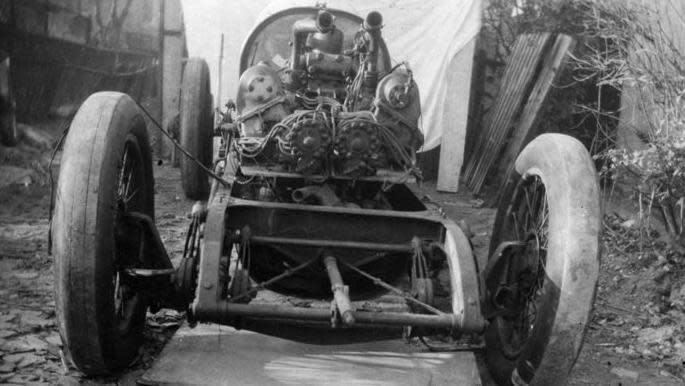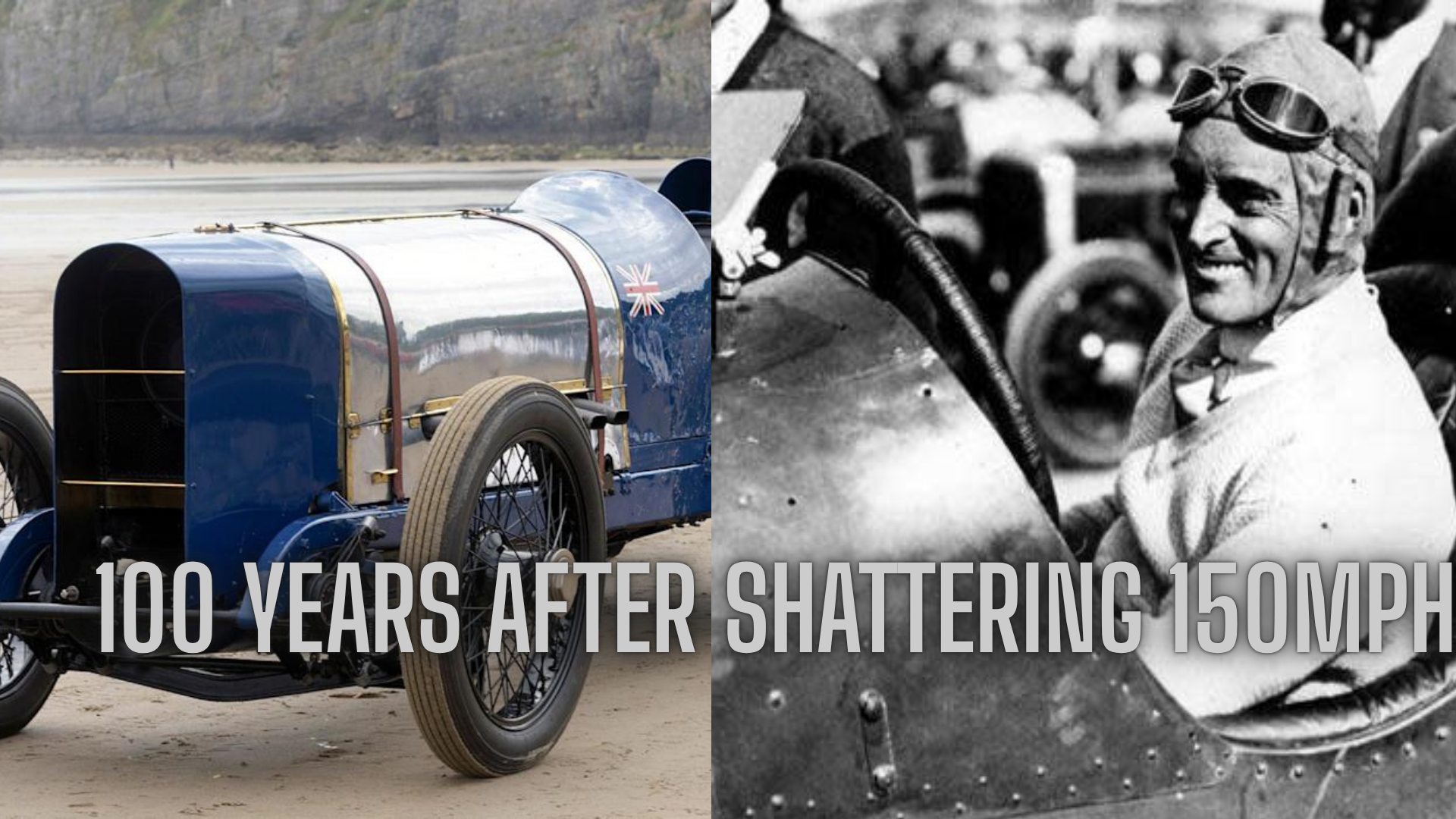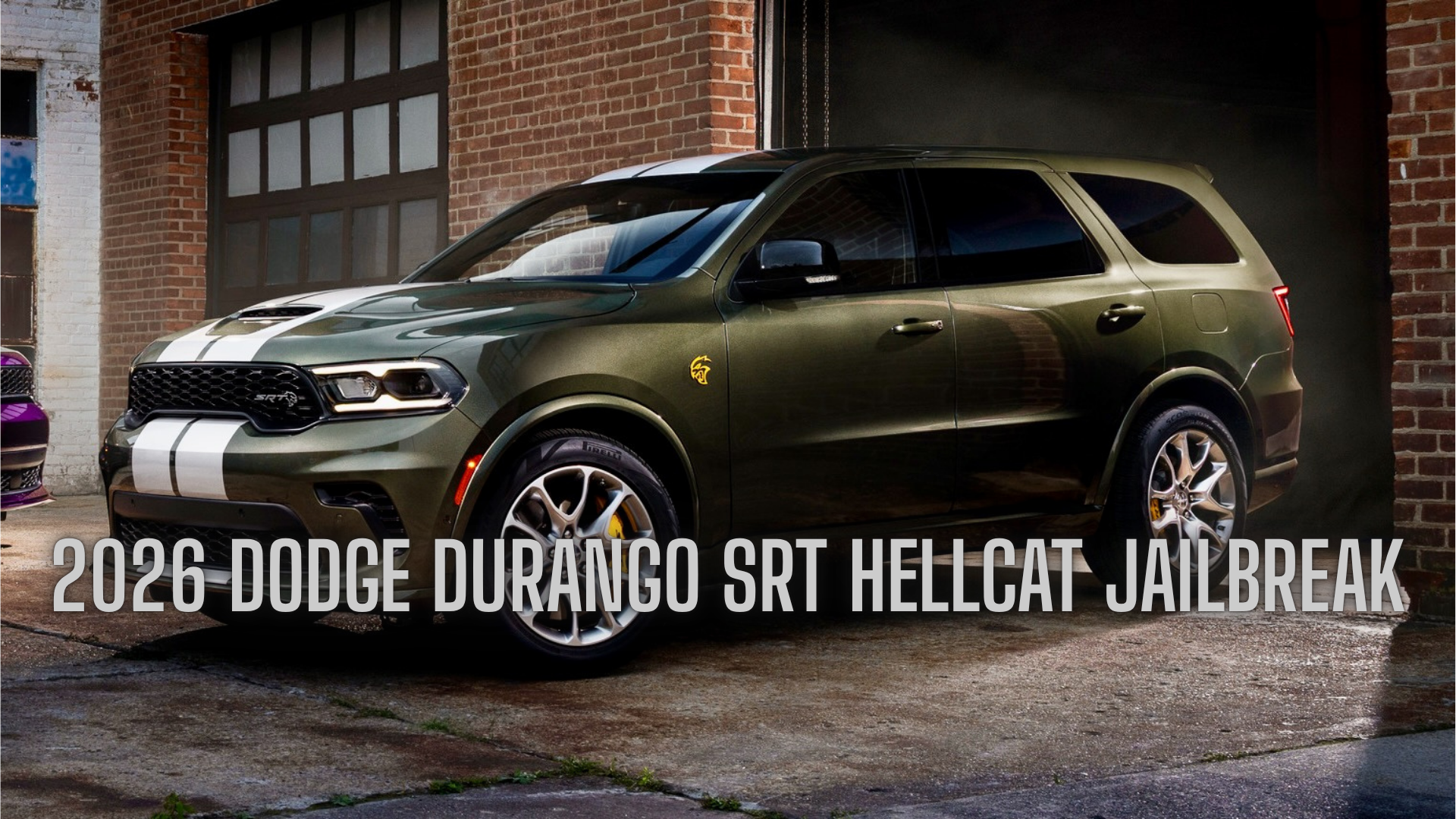In July 1925, on the expansive stretch of Pendine Sands in southwest Wales, a milestone in automotive history was achieved. Malcolm Campbell, a British car dealer with an obsession for speed, piloted his sleek, 350-horsepower Sunbeam—nicknamed Blue Bird—into the record books. Reaching an average of 150.766mph (242.7km/h) over two timed runs, he became the first person to break the 150mph barrier in a car, propelling him to international fame.
Now, exactly 100 years later, Blue Bird is returning to the same beach where that legendary feat was accomplished. The car will be ceremonially started up in front of Campbell’s grandson, Don Wales, in a poignant tribute to a legacy that has spanned generations.
A Century of Speed
The Campbell name is synonymous with high-speed records. Sir Malcolm’s son, Donald Campbell, went on to achieve the rare distinction of holding both land and water speed records simultaneously—until his tragic death in 1967 during a water-speed attempt on Coniston Water. Donald’s daughter, Gina Campbell, also made history by setting a world water-speed record for women. Don Wales, Donald’s nephew, has carried the torch into the modern era, setting records in electric, steam-powered, and even lawnmower categories.
“There’s something in the DNA,” Wales reflected. “It must be Grandad’s buccaneering Scottish blood. When that racing spirit hits, nothing else matters but speed, skill, and guts.”
A Beach Built for Records
Pendine Sands offered an ideal location for land-speed attempts in the 1920s, with its long, flat, and firm tidal beach. Unlike conventional racetracks such as Brooklands, Pendine allowed vehicles to accelerate to then-unimaginable speeds and, crucially, slow down safely.
Between 1924 and 1927, Sir Malcolm Campbell and Welsh engineer J.G. Parry Thomas battled for the land-speed crown on these very sands. Their rivalry captivated the public as they pushed the record from 140mph (225km/h) to 176mph (283km/h). Tragically, Parry Thomas died in 1927 while driving his home-built car Babs in a record attempt.

“Grandad and Parry Thomas had such different philosophies,” said Wales. “Blue Bird was a modified racetrack car, elegant and refined. Babs was raw power, purpose-built for speed at all costs. That contrast is what drew crowds and newspaper headlines.”
Beyond Pendine: Breaking 300mph
While Campbell’s 1925 triumph at Pendine was a defining moment, it was not his final act. After his rival’s death and the growing limitations of Pendine’s space, Campbell turned to Daytona Beach in Florida. There, in 1935, he drove a later version of Blue Bird to a then-unthinkable 301.1mph (484.6km/h), becoming the first person to break the 300mph barrier.
Blue Bird’s Bumpy Journey
The original Blue Bird now resides at the National Motor Museum in Beaulieu, Hampshire. But its journey has not been smooth. After being stored in a barn post-retirement, the car was eventually placed on display—motionless—for over three decades. In 1993, during an ill-fated attempt to restart it, the engine seized catastrophically, shattering internal components and damaging the crankcase.
“It was a terrible mistake,” said Ian Stanfield, the car’s chief engineer at Beaulieu. “You can’t just turn over an engine that’s been idle for 30 years. But there was pressure to make it run, and we paid the price.”
The restoration was painstaking. With the original Sunbeam factory in Wolverhampton destroyed in World War II, parts had to be sourced, fabricated, or begged for. It took nearly a decade—and a shoestring budget—to revive the engine.
Stanfield, who has worked at the museum for nearly five decades, worries about the future. “We need to train a new generation. Restoring and maintaining these historic machines takes expertise that can’t be learned overnight. If we don’t invest in preserving this knowledge, we risk losing more than just the machines—we lose a chapter of engineering history.”
A Need for Speed… and Space
Despite these challenges, Don Wales is optimistic about what lies ahead for land-speed racing. He notes that today, two separate projects are aiming to break the 1,000mph barrier—a feat once deemed science fiction.
“A century ago, people weren’t even sure if 150mph was possible. Today, we’re eyeing Mach 1,” Wales said. “What we need now isn’t just technological innovation—it’s public interest and, most importantly, a location long enough to attempt it.”
As Blue Bird once again touches the sands of Pendine, it does more than just mark a centennial. It reignites a spirit of daring, ingenuity, and relentless pursuit of speed—a legacy passed from one Campbell generation to the next, and perhaps, to a future record-breaker yet to come.



